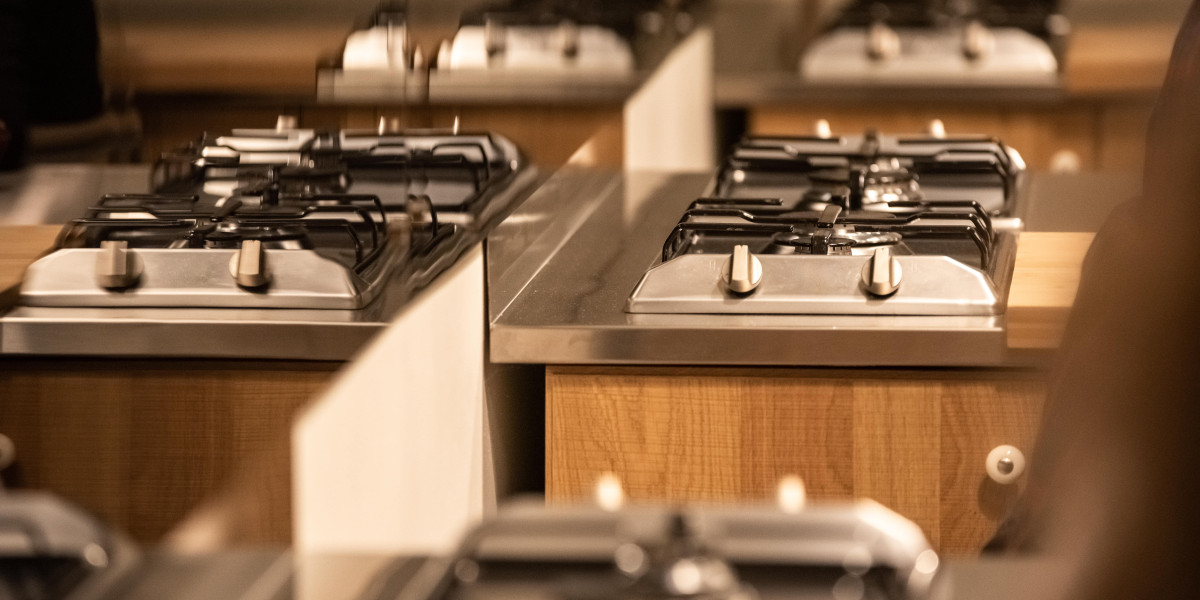The Ultimate Guide to Kitchen Built-In Ovens: What You Need to Know
When it comes to modern kitchens, the built-in oven is more than just an appliance; it is a declaration of style, effectiveness, and functionality. Built-in ovens are created to integrate seamlessly into cabinets, offering a smooth look that improves the general style of the kitchen. This article explores the different types, advantages, and considerations of kitchen built-in ovens, and provides insights to help you make an educated buying decision.

Table of Contents
- What is a Built-In Oven?
- Kinds Of Cookology FOD60SS 60cm Built-In Electric Oven Ovens
- 2.1 Single Ovens
- 2.2 Double Ovens
- 2.3 Steam Ovens
- 2.4 Wall Ovens
- Advantages of Built-In Ovens
- Secret Features to Look For
- Installation Considerations
- Frequently Asked Questions
- Conclusion
1. What is a Built-In Oven?
A built-in oven is an oven developed to be set up within kitchen cabinets rather than as a freestanding system. This style permits greater aesthetic versatility while maximizing readily available kitchen space. Built-in ovens come in various sizes and configurations, dealing with diverse cooking requirements and kitchen designs.
2. Kinds Of Built-In Ovens
Comprehending the different types of built-in ovens can assist consumers select the right one for their kitchen setups and cooking styles.
2.1 Single Ovens
Single ovens are compact and created to fit within standard cabinet widths. These ovens generally provide sufficient area for everyday cooking needs, such as baking or roasting. They come in different Cookology 72L Electric Oven - Multifunction & Convenient or gas models and are often easy to use with straightforward controls.
2.2 Double Ovens
For people who often host large events or delight in cooking multi-course meals, double ovens can be a lifesaver. These systems include 2 separate oven compartments and deal increased cooking capability, allowing for synchronised baking or roasting at different temperature levels.
2.3 Steam Ovens
Steam ovens utilize steam to prepare food, which helps keep moisture and nutrients. These ovens are significantly popular amongst health-conscious individuals and premium cooks. Steam ovens can be built-in together with conventional ovens for a flexible kitchen setup.
2.4 Wall Ovens
Wall ovens are developed to be set up within a wall rather than under counter tops. They use hassle-free gain access to and can be integrated hob and oven with other wall-mounted kitchen appliances. Wall ovens might be offered as single or double units.
3. Advantages of Built-In Ovens
Going with a built-in oven comes with many advantages:
- Space Efficiency: Built-in ovens can be tucked into cabinetry, releasing up important kitchen space.
- Visual Appeal: They offer a cleaner, more modern look than standard freestanding ovens.
- Range of Designs: built in ovens and Microwaves-in ovens are available in numerous surfaces, including stainless-steel, black, and white, permitting integration with different kitchen styles.
- Boosted Functionality: Many built-in ovens come equipped with sophisticated features such as self-cleaning modes, touch screens, and convection technology.
4. Key Features to Look For
When choosing a built-in oven, think about the following functions to improve cooking functionality:
- Temperature Range: A more comprehensive temperature level range enables for higher adaptability in cooking numerous meals.
- Self-Cleaning Options: Look for models that offer self-cleaning capabilities to save time and effort on maintenance.
- Convection Cooking: Convection ovens distribute air to prepare food equally and rapidly.
- Wi-Fi Connectivity: Some modern built-in ovens featured Wi-Fi ability, permitting users to manage settings or pre-heat the oven remotely.
- Security Features: Check for features like automatic shut-off, child locks, and cooling systems to guarantee optimum safety.
5. Installation Considerations
Before purchasing a built-in oven, particular setup factors need to be addressed:
- Size and Dimensions: Ensure the selected oven fits the designated space. Procedure the height, width, and depth of the designated setup area.
- Ventilation: Gas ovens require sufficient ventilation to ensure safety. Seek advice from an expert if needed.
- Electrical Requirements: Check the electrical requirements of the selected unit to make sure compatibility with existing outlets.
- Expert Installation: If you're not experienced in home appliance setup, it might be smart to seek expert help to guarantee correct fitting and compliance with local codes.
6. Frequently Asked Questions
Q1: How do built-in built oven ovens vary from freestanding ovens?A: Built-in ovens are set up in kitchen cabinetry for a seamless look, while freestanding ovens stand alone and do not need built-in setup.
Q2: Can you install a built-in oven yourself?A: While some individuals with experience might choose to set up an oven themselves, it is typically advised to work with an expert to ensure electric or gas connections are safely set up. Q3: Are built-in ovens energy-efficient? A: Many built-in ovens include energy-saving innovation and are often more efficient compared to older models. Always check energy scores before purchasing. Q4: Do built-in ovens require unique maintenance?A: Regular maintenance consists of keeping

the interior tidy and checking for any wear and tear. Self-cleaning best fit their cooking design and design choices. Whether a skilled chef or a home cook, the benefits of selecting a built-in oven are clear. By thinking about the information detailed in this guide, individuals can make informed decisions that will cause years of cooking enjoyment. Additional Resources For additional details on kitchen appliances, think about taking a look at the following resources: Consumer Reports: Product evaluations and purchasing guides. Energy Star: Energy-efficient appliance recommendations. Home Improvement Stores: Local experts can offer extra insights and suggestions. Embarking on a kitchen remodelling or upgrade can be
models can simplify this task significantly. Q5: What is the typical life-span of a built-in oven?A: The typical life expectancy of a built-in oven is typically between 10 to 15 years, depending upon use and upkeep practices. 7. Conclusion Investing in a built-in oven can enhance both the performance and visual appeals of your kitchen. With different types and features readily available, consumerscan pick designs that








